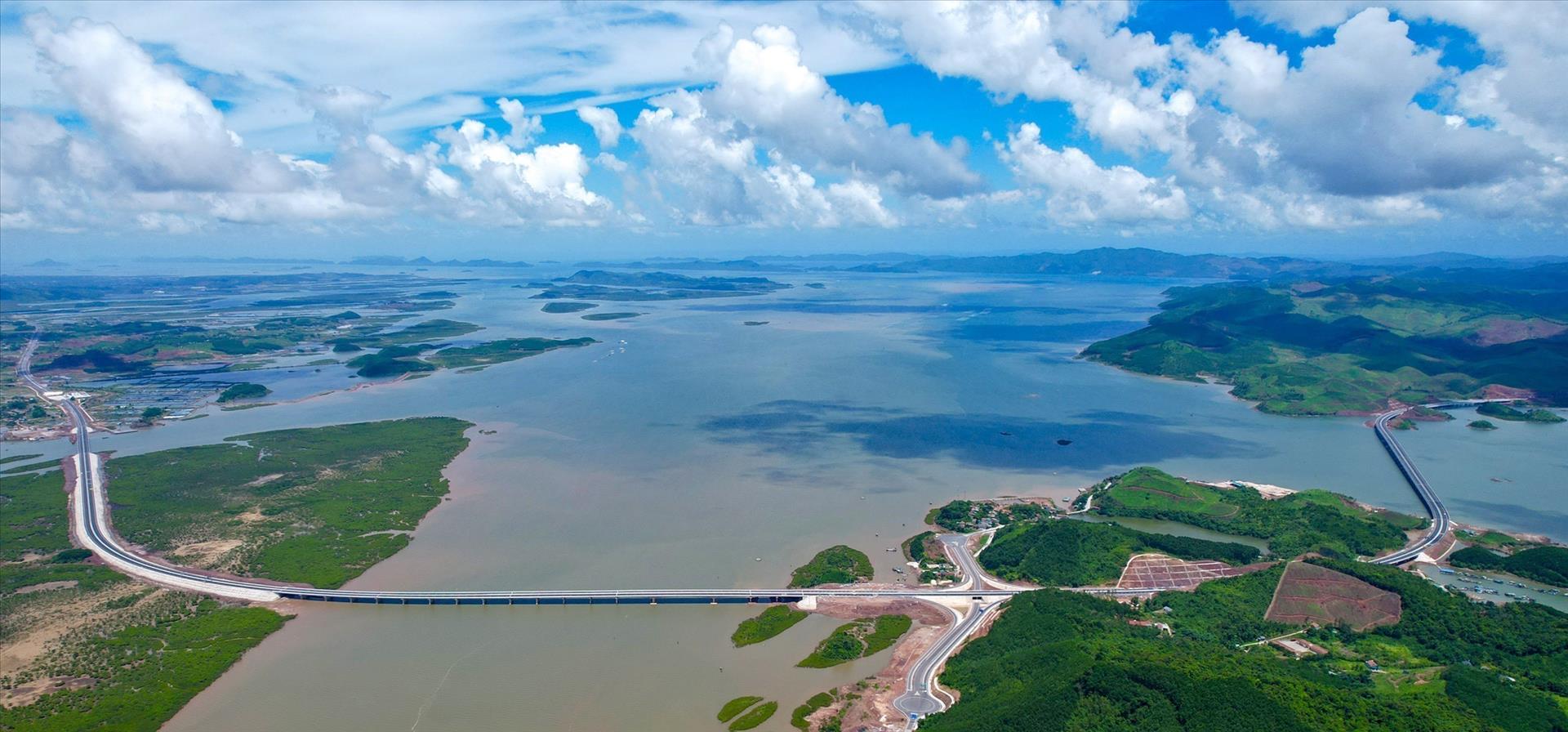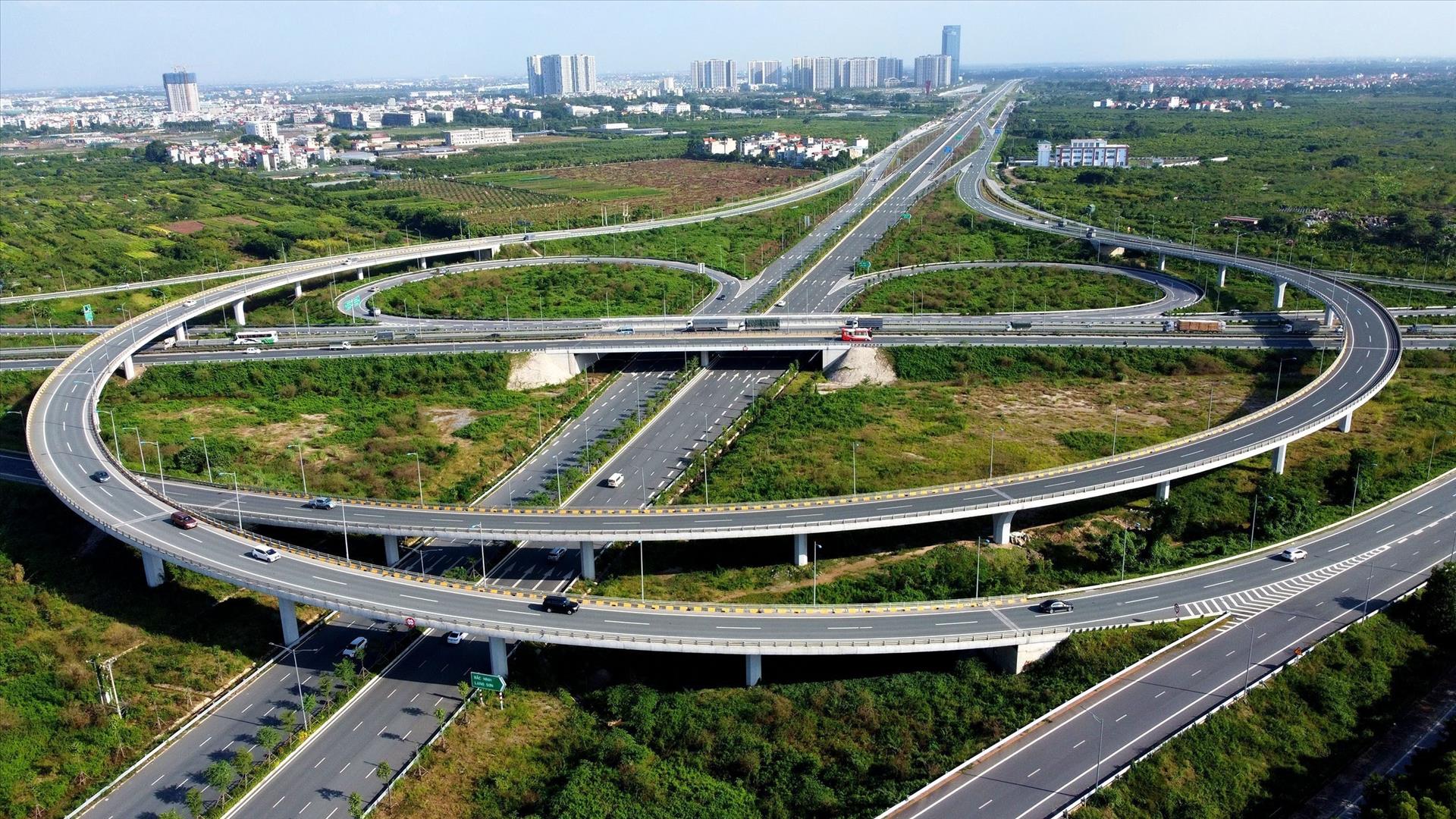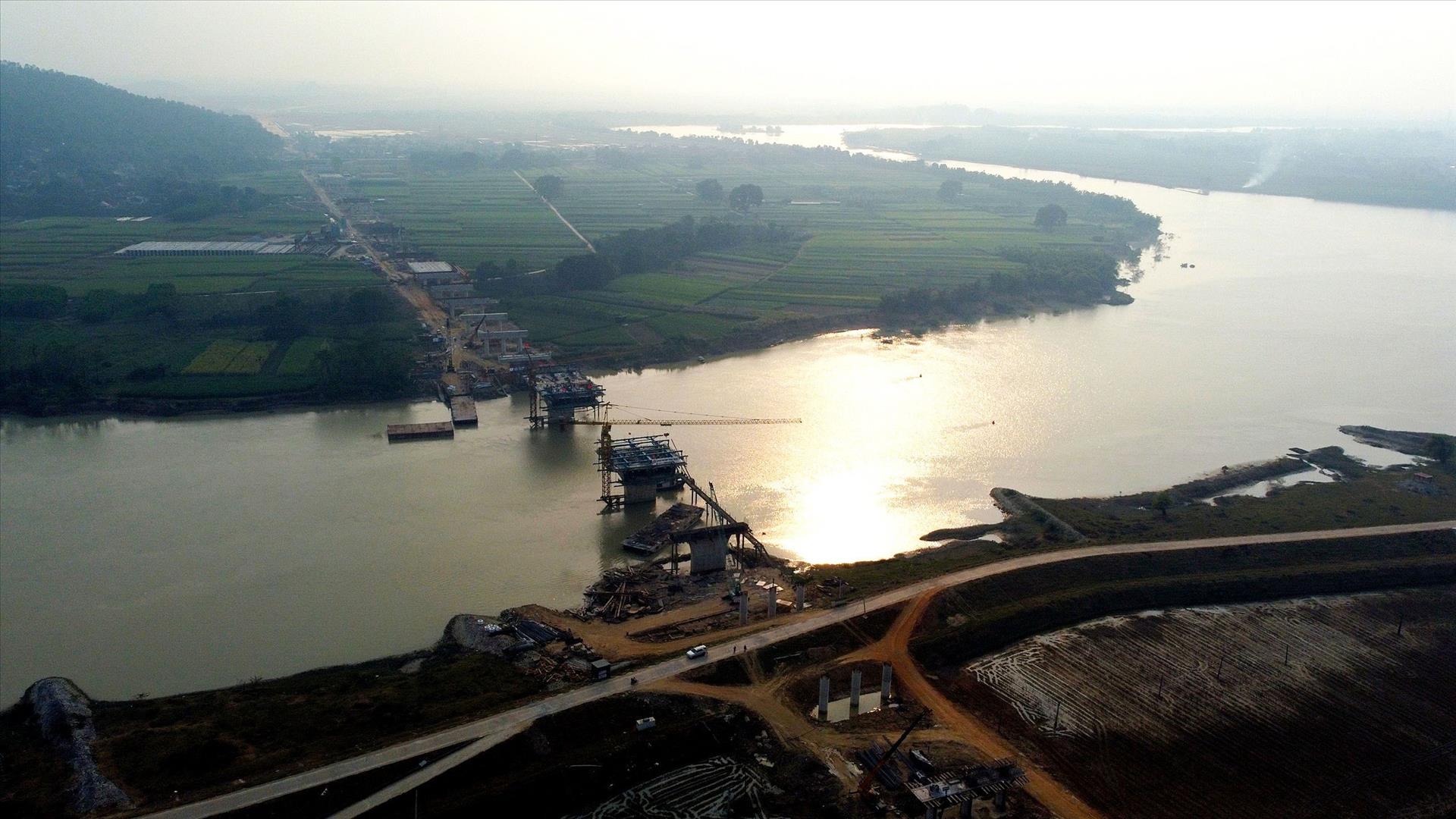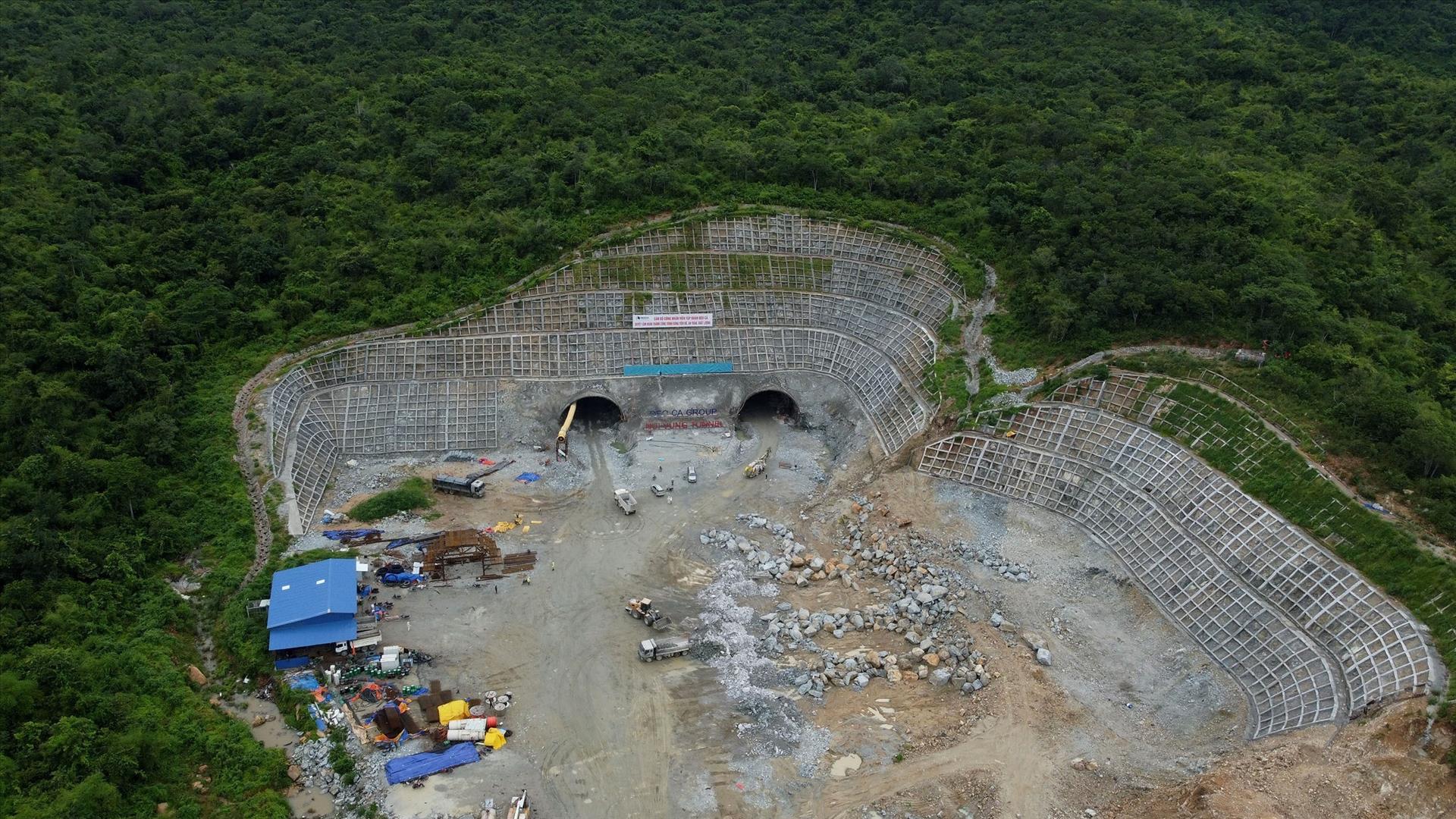Focusing on Forming a National Infrastructure Framework
In order to put more than 5,000km of highways into operation by 2030, a goal set by the 13th Party Central Committee, the 6th plenum of the committee concluded with a request for a national master plan focusing on forming a national infrastructure framework.
According to the master plan, one of the priorities included in the investment portfolio is an inter-regional network of expressways with large traffic capacity to form the backbone of the national road system. One of the main goals is to complete 3,841km of expressways by 2030. By 2050, the network will be basically completed with 41 routes and a total length of 9,014km. This will include two routes along the North-South axis and the western.
There will be 14 routes in the Northern region, 10 routes in the Central/Central Highlands region and 10 routes in the Southern region, about 1,290km in length and will have 4 - 10 lanes. There will be three urban belt routes around Hanoi and two urban belt routes around Ho Chi Minh City.
With that goal in mind, the prime minister and deputy prime ministers have visited the construction sites many times to encourage the on-site work as well as to help remove difficulties and obstacles for the North - South expressway construction.
Prime Minister Pham Minh Chinh shared his concern about finishing only 1,000km of highways in the past 20 years, while the plan for this term is to complete nearly 2,000km. The task would be impossible without determination, new ways of thinking and new approaches of implementation and supervision.
Breakthroughs in infrastructure development include prioritizing the development of transport networks, including urban transport in Hanoi and Ho Chi Minh City, energy and telecommunications.
They will be linked with economic corridors; building modern infrastructure in the core zones of key economic regions.
According to the Ministry of Transport, investment needed for the highway projects is about 813 trillion dong (32.5 billion US dollars). Included in this figure will be bout 393 trillion dong (15.7 billion US dollars) required for the period 2021-2025, including 153.5 trillion dong (6 billion US dollars) non-budget capital.
According to Hoang Van Cuong, a member of the Finance and Budget Committee of the National Assembly, the highways project needed diversified investment. The State must play a leading role and call for outside capital.
National development, one that is rapid and sustainable, requires choosing the right path. A visionary and feasible master plan will help determine the most effective and fastest way to achieve that goal.
Story: VNP Photos: VNA Translated by Hong Hanh






